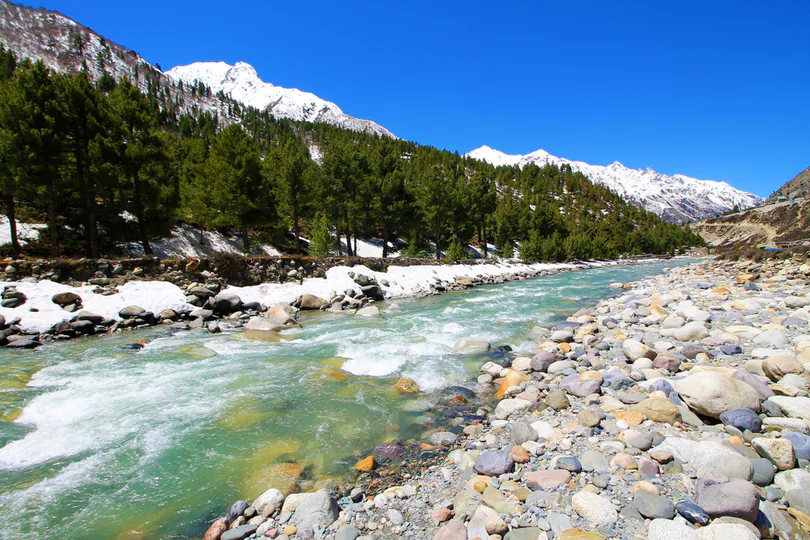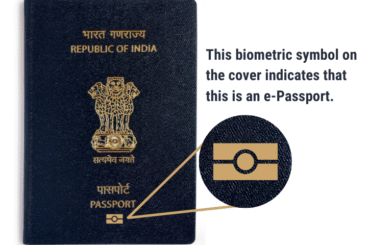Imagine a land of stark mountains, ancient monasteries, quiet villages, and roads that feel like they lead to the edge of the world. That’s Spiti Valley—one of India’s most breathtaking and untouched destinations in the Himalayas. If you’re planning a trip to Spiti Valley in 2025, this blog will walk you through everything you need to know: the best time to visit, a detailed 7-day itinerary, local food you must try, what to pack, and smart travel tips.
Best Time to Visit Spiti Valley
Spiti Valley opens up beautifully from May to October. This is when the snow begins to melt, roads are open from both Manali and Shimla sides, and the valley bursts into life with clear skies, blooming fields, and accessible mountain passes.
If you’re traveling in May, expect:
Temperature: Between 0°C to 15°C
Weather: Chilly mornings and nights, pleasant days
Views: Snow-covered peaks, semi-frozen streams, and stunning high-altitude landscapes
It’s the perfect time for road trips and photography.
How to Reach Spiti Valley
You have two main options:
Via Shimla – Kinnaur – Kaza (Ideal for gradual altitude gain and scenic villages)
Via Manali – Rohtang Pass – Kunzum Pass – Kaza (Shorter, more adventurous, but steeper ascent)
Most travelers prefer entering via Shimla and exiting through Manali to complete the Spiti Circuit.
7-Day Itinerary for Spiti Valley (2025)
Here’s a carefully planned 7-day Spiti itinerary that balances sightseeing, travel, and rest.
Day 1: Shimla to Sangla / Chitkul- (218 km, 6hrs 30min)
- Drive through pine forests and along the Sutlej River.
- Visit Chitkul, India’s last village before the Tibet border.
- Stay in a riverside camp or homestay.
- Enjoy local food and peaceful surrounding.
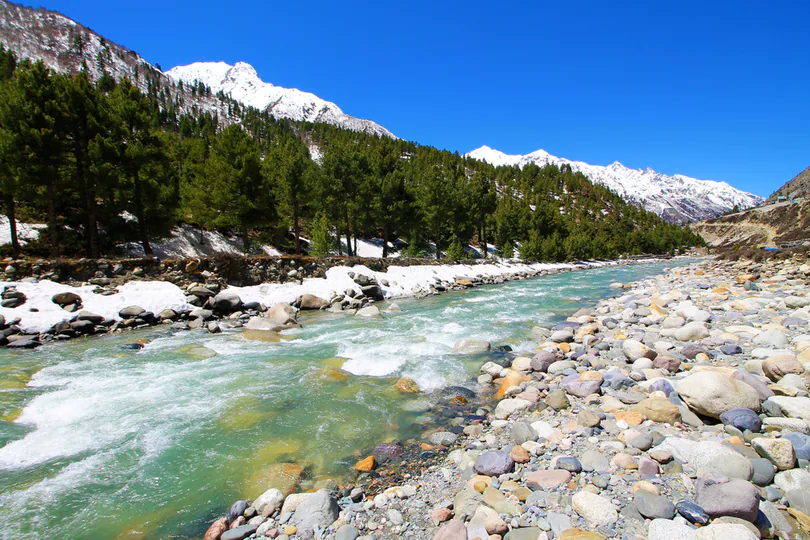
Day 2: Chitkul to Kalpa- (58 km, 1hrs 50min)
- A short scenic drive to Kalpa, known for its view of Kinnaur Kailash.
- Relax, sip tea, and watch the sunset behind the snow peaks.
- Stay at a mountain-view guesthouse.
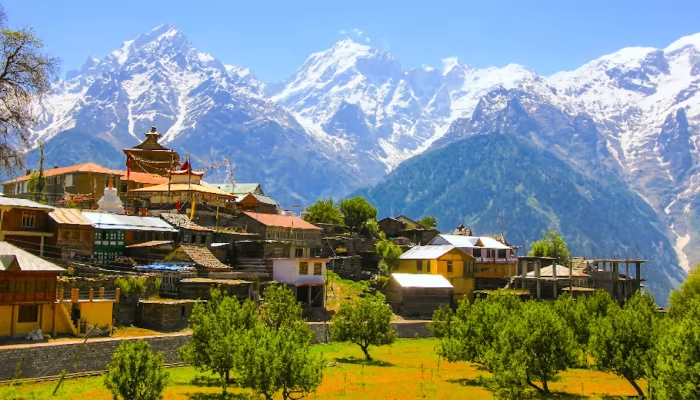
Day 3: Kalpa to Nako to Tabo- (166km, 3hrs 48min)
- Drive deeper into Spiti’s dry terrain.
- Stop at Nako Lake and Gue Village to see a 500-year-old mummy.
- Reach Tabo, home to one of the oldest functioning monasteries in the world.
- Stay in a monastery guesthouse or local homestay.
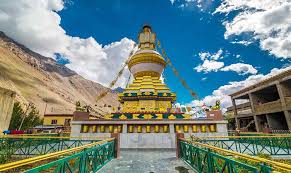
Day 4: Tabo to Dhankar to Kaza- (48km, 1hrs 30min)
- Visit the dramatic Dhankar Monastery, perched high above the confluence of two rivers
- Reach Kaza, the administrative center of Spiti
- Explore local cafes and acclimatize to the altitude
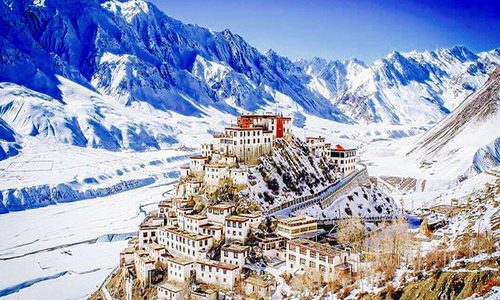
Day 5: Explore Villages Around Kaza
Full-day trip to:
- Key Monastery – largest monastery in Spiti
- Kibber – known for rare wildlife like snow leopards
- Hikkim – home to the world’s highest post office
- Komic – one of the highest motorable villages
- Langza – known for fossils and a giant Buddha statue
- Return to Kaza for the night
Day 6: Kaza to Chandratal Lake- (97.6km, 2hrs 55min)
- If weather and roads permit, head to Chandratal Lake (The Moon Lake)
- Stay in tents near the lake and watch a stunning Himalayan sunset
- Perfect spot for stargazing and night photography
- (NOTE: Chandratal lake typically opens around late May or early June and remains accessible until mid-October, so plan your trip accordingly.)
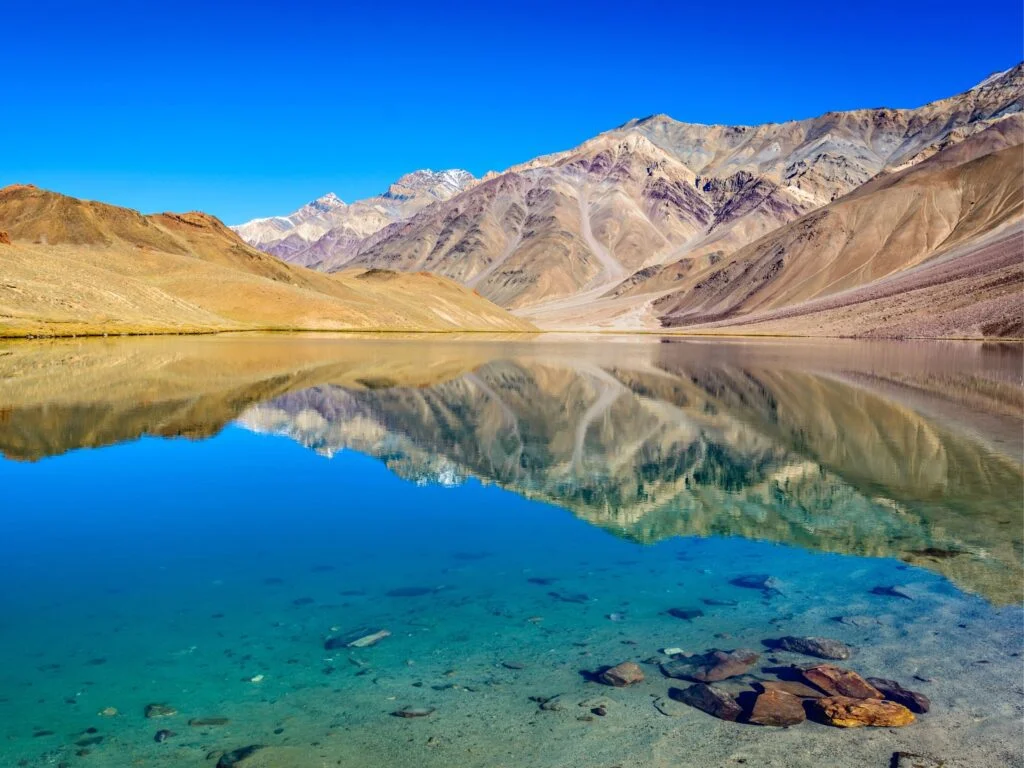
Day 7: Chandratal to Manali- (103km, 3hrs)
- Drive back through Kunzum Pass and Rohtang Pass
- Reach Manali by evening
- End your trip with a well-earned hot meal!
Local Cuisine to Try in Spiti
- Food in Spiti is simple, comforting, and deeply satisfying—perfect for high altitudes. Don’t miss:
- Thukpa – hearty noodle soup
- Momos – steamed dumplings filled with veggies or meat
- Butter tea – salty, creamy, and perfect in the cold
- Tsampa – roasted barley flour staple
- Freshly baked Spitian bread with yak butter
- Try to eat at local homestays or community kitchens for the most authentic experience.
What to Pack for Spiti in May
- May is still cold in Spiti, especially at night. Here’s what you should carry:
- Thermal layers and a good down jacket
- Beanie, gloves, and sunglasses
- Lip balm and sunscreen (the sun is strong at altitude)
- Power bank and extra camera batteries
- Water bottle and basic medicines
- BSNL SIM card – it’s the most reliable in the region.
Travel Tips for Spiti Valley
- Acclimatize properly: Avoid rushing, especially if entering from Manali
- Carry cash: ATMs are rare and may not work
- Drive carefully: Roads are narrow and remote
- Stay eco-conscious: Don’t litter, carry reusable items
- Respect local culture: Dress modestly and ask before photographing people or places
Before you go:
A trip to Spiti Valley isn’t just about visiting a destination—it’s about experiencing a way of life untouched by urban chaos. From stargazing at Chandratal to sipping butter tea in a cozy mud home, Spiti will leave a mark on your soul.
If you’re craving adventure, silence, and surreal beauty—Spiti in 2025 is calling.


